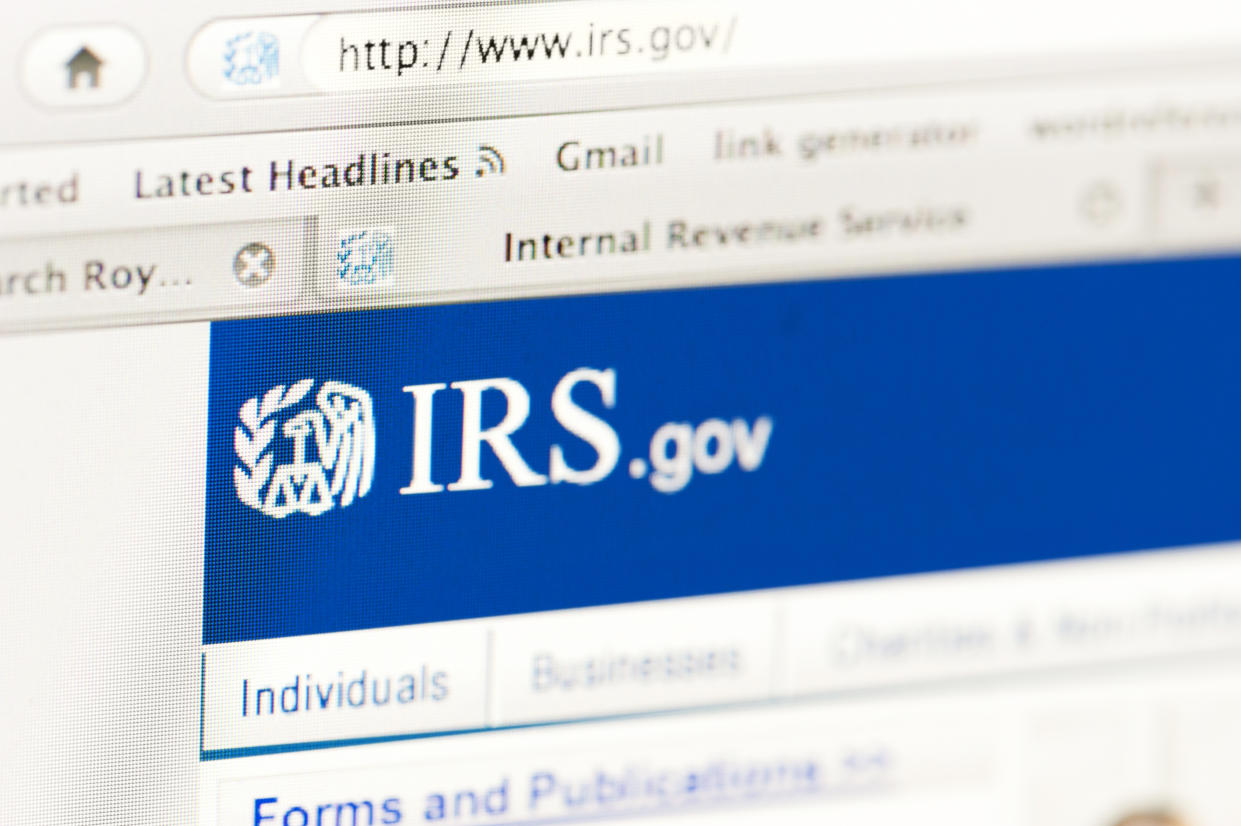With one month to tax deadline, IRS website visits surge and agency provides more help
Taxpayers are flocking to the IRS website to check their refund status as filing season reaches the one-month countdown.
Nearly 380 million taxpayers visited the agency’s website last week, an 18% increase over the same week last year, according to the tax agency’s latest statistics.
After landing on the official agency website, taxpayers are heading straight to the Where’s My Refund? tool. This is nothing unexpected, says an IRS spokesperson, as people search for the status of refunds that are averaging more than $3,000.
Based on the IRS data tracking website and mobile visits, other popular landing pages include the search function, general refund information, and forms and instructions. Website visits will eventually flatten out as the IRS continues to process returns and issue payments, an agency spokesperson said.
Read more: How to file a tax extension with the IRS

Misconception that bigger refunds are better
Americans love receiving tax refunds from Uncle Sam, and usually, the bigger the better. The latest IRS filing statistics showed that the average refund is clocking in at $3,145, a nearly 6% increase compared to the same week last year.
However, experts say a large refund generally means that a taxpayer overpaid during the year and gave the government an interest-free loan — a menace, especially amid today’s high-interest rate environment.
"If the taxpayer has received large tax refunds in the past few years, this is an indication that they are withholding too much from their paycheck," Michelle Su, a CPA and Master of Business Taxation based in San Francisco, told Yahoo Finance.
Refunds are excess tax payments, not a gift from the IRS. It was always the taxpayers’ money.
Yet as tax refunds are increasing, so are consumer debt levels and borrowing costs. Average credit card APR reached 22.8% in 2023, according to the Consumer Financial Protection Bureau, and total consumer credit card debt increased by $50 billion in Q4 2023, or 4.6%, to $1.13 trillion — leaving the average cardholder with an unpaid balance of $6,864.
Read more: Find the best 0% APR credit cards
Instead of receiving a substantial refund at tax time, "it would be a better use of their money to decrease tax withholdings to pay off consumer debts or take the money to put in savings products for interest income," Su said.

IRS provides extra help for the final month
The IRS is providing in-person tax help on Saturday, March 16, from 9 a.m. to 4 p.m. in 70 Taxpayer Assistance Centers across the country.
Taxpayer Assistance Centers can help with online taxpayer IRS accounts, IRS identity theft, payments, refunds, forms and instructions, and individual taxpayer identification number (ITIN) renewal.
Agency representatives cannot help with preparing taxes, but they can provide resources on where taxpayers can get free filing assistance. They may direct individuals and households to Volunteer Income Tax Assistance or Tax Counseling for the Elderly sites for return preparation help.
For those looking for free tax software, the agents may help introduce the new IRS Direct File program or any IRS-partnered software for qualified Americans.
In addition to the Saturday help, the tax centers in all 50 states, Washington, D.C., and Puerto Rico are available by appointment Monday through Friday, 8:30 a.m. to 4:30 p.m. Those not available during working hours can search for a center near them with extended office hours, as many locations have added resources until April 16, one day after the filing deadline.
The IRS asks taxpayers planning to visit the centers to bring the following documents: current government-issued photo identification, Social Security or ITIN for themselves and family members, any IRS letters or notices, two forms of identification, and a copy of their tax return if filed.
IRS staff may also ask for a current mailing address and financial information proof for direct deposit.
Rebecca Chen is a reporter for Yahoo Finance and previously worked as an investment tax certified public accountant (CPA).
Read the latest financial and business news from Yahoo Finance
